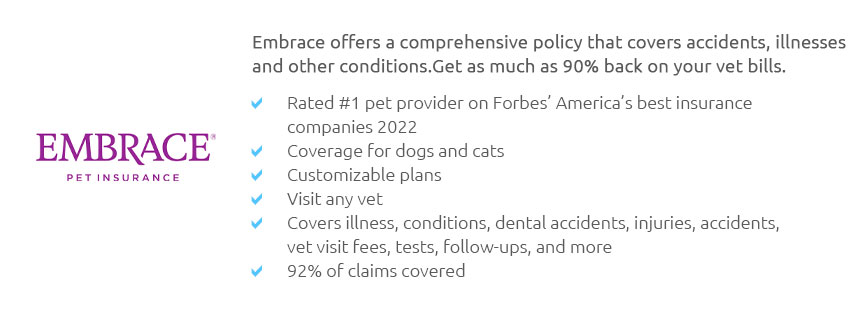 |
 |
 |
 |
 |
 |
|
 |
|
 |
|
 |
|
 |
|
 |
 |
 |
 |
 |
 |
 |
 |
Understanding the Nuances of Buying Pet InsuranceDeciding to purchase pet insurance can feel overwhelming, given the plethora of options available in the market today. It's a decision that many pet owners grapple with, weighing the peace of mind it promises against the financial commitment it demands. However, making informed choices can make this process significantly smoother. Let’s explore some common mistakes to avoid and insightful perspectives to consider when embarking on this journey. First and foremost, it’s crucial to understand your pet's needs. Each pet is unique, and so are their potential health risks. For instance, a playful Labrador may be more prone to injuries, while a Persian cat might face hereditary conditions. A tailored insurance policy that aligns with these specific needs is not only wise but also economical in the long run. Another aspect that often confuses pet owners is the fine print. Insurance documents are notorious for their complex jargon, but investing time to thoroughly read and understand these details can save you from unexpected surprises down the line. Be wary of clauses related to pre-existing conditions, as these are typically not covered and can affect your claims significantly. Cost is, understandably, a major factor. Many are tempted to opt for the cheapest policy available, but this can be a false economy. Instead, consider the value over price. A slightly more expensive plan might offer comprehensive coverage, including preventive care, which can ultimately reduce out-of-pocket expenses. It’s also advisable to compare multiple plans. While this might seem tedious, platforms that allow side-by-side comparisons can illuminate the differences in coverage, deductibles, and claim limits. Remember, a policy that works for one pet owner might not necessarily be the best fit for another. Furthermore, pet insurance isn't just for young pets. Many owners mistakenly assume that insurance is unnecessary for older animals. However, as pets age, they become more susceptible to health issues, making insurance a valuable asset. Consider a plan that doesn’t penalize for aging or breed-related conditions.
In conclusion, buying pet insurance is a significant decision that requires careful consideration and research. By avoiding common pitfalls and focusing on tailored, comprehensive coverage, pet owners can ensure they are well-prepared for any eventualities, safeguarding their furry companions' health and their financial peace of mind. https://www.healthypawspetinsurance.com/
The top-rated cat insurance & dog insurance plans cover accidents, illnesses, cancer, emergency care, genetic and hereditary conditions, breed-specific ... https://www.avma.org/resources-tools/pet-owners/petcare/do-you-need-pet-insurance
Ultimately, it's your decision whether or not to buy, what coverage to choose, and from what company. There are consumer websites that compare features and ... https://www.cnbc.com/select/is-pet-insurance-worth-it/
Pet insurance comes in: There are policies to cover costs associated with injuries and disease, as well as wellness plans to help your animal companion stay ...
|